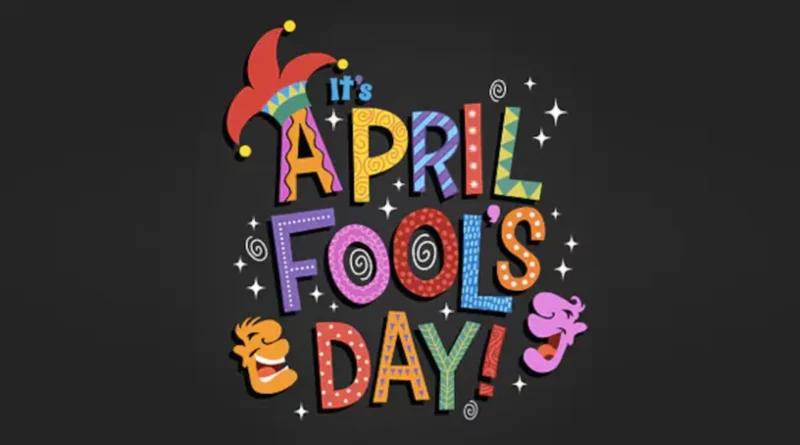History Of April Fool’s Day
April Fool’s Day is celebrated on the first of April every year. It is a day dedicated to practical jokes and hoaxes, with people playing pranks on their friends, family, and even strangers. While the origins of the holiday are uncertain, it has been celebrated for centuries and has evolved into a widespread tradition around the world.
The history of April Fool’s Day dates back to ancient times, with some historians tracing its origins to the Roman festival of Hilaria. Hilaria was a festival held on the vernal equinox, which is the first day of spring. The festival was a celebration of the rebirth of nature and the renewal of life. During this festival, people would play pranks on each other, often dressing up in masks and costumes to disguise themselves.
Another possible origin of April Fool’s Day is the medieval Feast of Fools. This festival was held in the Christian church during the Middle Ages, and it was a time when the clergy and the laity would switch roles. The priests would act like fools, while the congregation would play pranks and jokes on them. This festival was a way for people to let off steam and have some fun, and it may have contributed to the development of April Fool’s Day as we know it today.
The first recorded instance of April Fool’s Day can be traced back to 1561 in France. At that time, the Gregorian calendar was introduced, and the new year was moved from April 1st to January 1st. However, many people in France continued to celebrate the new year on April 1st, and those who celebrated the new year on January 1st started to make fun of them. This led to the tradition of playing pranks on April 1st, which gradually spread throughout France and other parts of Europe.
In the 18th century, April Fool’s Day became popular in England, and it was celebrated with a variety of pranks and jokes. One popular prank was to send someone on a “fool’s errand,” which involved sending them on a pointless and ridiculous task. Another prank was to stick a paper fish on someone’s back and call them an “April fish.”
April Fool’s Day also became popular in the United States in the 19th century. In 1860, the New York City newspaper The Knickerbocker published a satirical article claiming that the lions had escaped from the Central Park Zoo and were roaming the streets of the city. The article was a hoax, but it was so convincing that many people believed it to be true.
Today, April Fool’s Day is celebrated around the world, with people playing pranks and jokes on each other in a variety of different ways. Some of the most popular pranks include fake news stories, fake lottery tickets, and fake phone calls. Many companies also participate in the holiday, with brands like Google and Burger King creating elaborate pranks and hoaxes for their customers.
In conclusion, the history of April Fool’s Day is shrouded in mystery, but it is clear that the holiday has been celebrated for centuries in various forms. Whether it is a relic of ancient festivals or a product of modern humor, April Fool’s Day is a day when people can let loose and have some fun, and it has become a beloved tradition around the world.
Discover more from City Towner
Subscribe to get the latest posts sent to your email.




